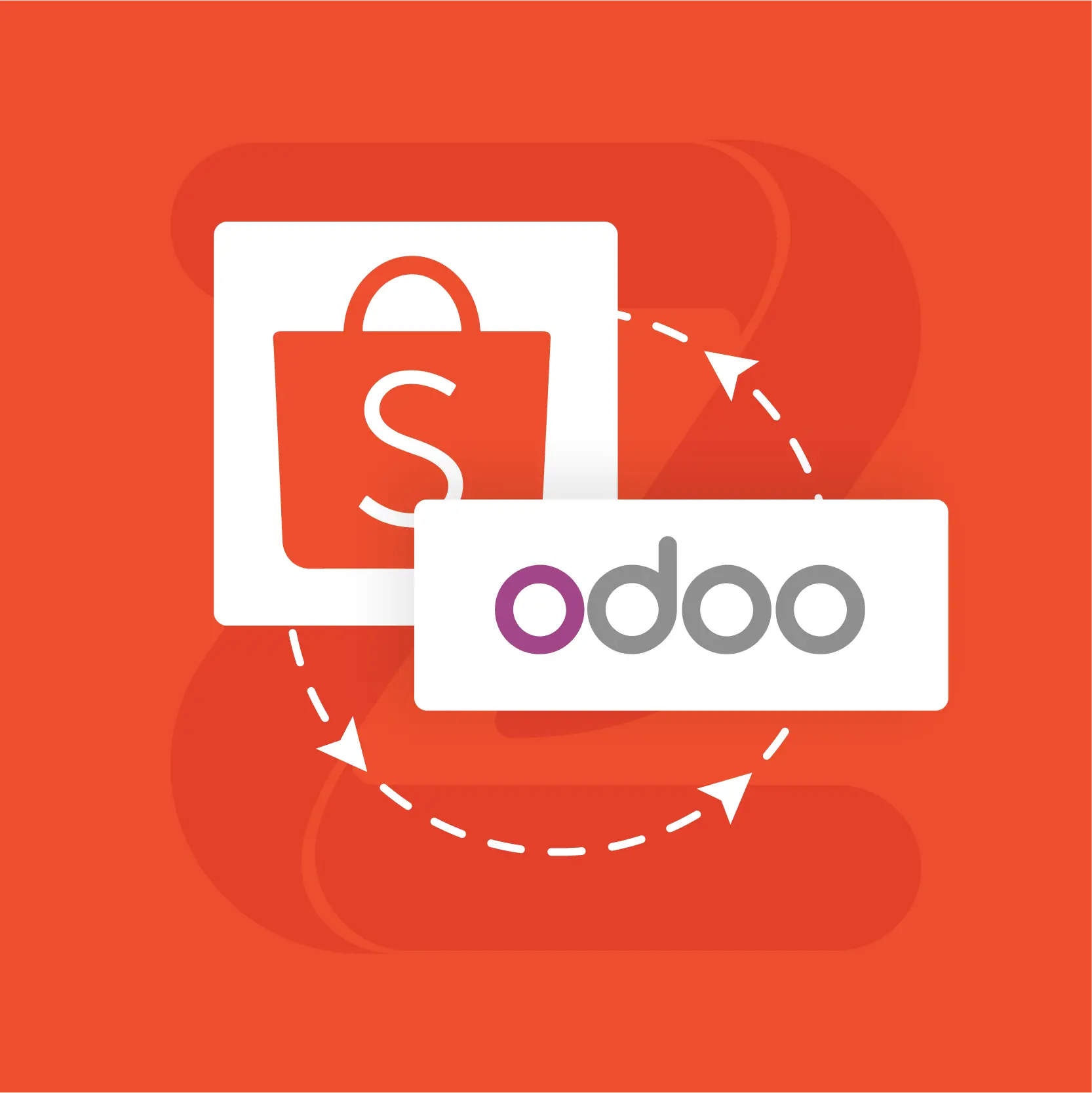The Shopee Connector for Odoo is a tool that allows businesses to integrate their Shopee online store with the Odoo ERP system. This integration helps streamline operations by synchronizing data between the two platforms, enabling better inventory management, order processing, and overall efficiency. Below is an overview of the key features and benefits the Shopee Connector on Odoo.
Key Features
Order Synchronization : Automatically import orders from Shopee to Odoo, reducing manual entry and errors.
Inventory Management : Sync inventory levels between Odoo and Shopee to ensure accurate stock availability.
Product Management : Easily manage product listings, including descriptions, prices, and images, directly from Odoo.
Shipping Integration : Manage shipping options and track shipments from within Odoo.
Multi-Channel Support : Handle multiple Shopee stores or other e-commerce platforms from a single Odoo instance.
Real-Time Updates : Ensure that any changes made in Odoo are reflected in Shopee in real-time, and vice versa.

Setting up a Shopee connector typically involves integrating your e-commerce platform or application with Shopee's API to manage products, orders, and other functionalities. Here’s a general guide to help you set up a Shopee connector:
Step 1: Create a Shopee Seller Account
- Sign Up: If you don’t have a Shopee seller account, go to the Shopee Seller Center and sign up.
- Complete Verification: Follow the necessary steps to verify your account.
Step 2: Access Shopee API
- API Documentation: Visit the [Shopee API documentation] https://open.shopee.com/documents to understand the available endpoints and functionalities.
- Generate API Keys: In the Shopee Seller Center, navigate to the API section to generate your API keys (Partner ID, Seller ID, and API Key).
Step 3: Choose Your Integration Method
You can integrate Shopee with your system using various methods:
- Custom Development: If you have development resources, you can build a custom integration using the API.
- Third-Party Tools: Use third-party integration tools or platforms that support Shopee, such as Zapier, Integromat, or specific e-commerce platforms with Shopee connectors.
Step 4: Set Up the Connector
For Custom Development:
- Environment Setup: Set up your development environment (e.g., Node.js, Python, PHP).
- Install Required Libraries: Depending on your programming language, install libraries for making HTTP requests (e.g., Axios for JavaScript, Requests for Python).
- Authentication: Implement OAuth 2.0 or the required authentication method using your API keys.
- API Calls: Start making API calls to manage products, orders, etc. Refer to the API documentation for the required endpoints and parameters.
For Third-Party Tools:
- Select the Tool: Choose a third-party integration tool that supports Shopee.
- Connect Your Accounts: Follow the tool’s instructions to connect your Shopee account using the API keys.
- Configure Workflows: Set up workflows to sync products, orders, and inventory between Shopee and your platform.
Step 5: Test the Integration
- Sandbox Environment: If available, use Shopee’s sandbox environment to test your integration without affecting live data.
- Perform Test Transactions: Create test products and orders to ensure everything is functioning correctly.
Step 6: Go Live
- Monitor Performance: After going live, monitor the integration for any issues or errors.
- Regular Updates: Keep your integration updated with any changes in the Shopee API.
Set up Step by step on this video : How to set up Shopee Connector



SHOPEE CONNECTOR by Odoo